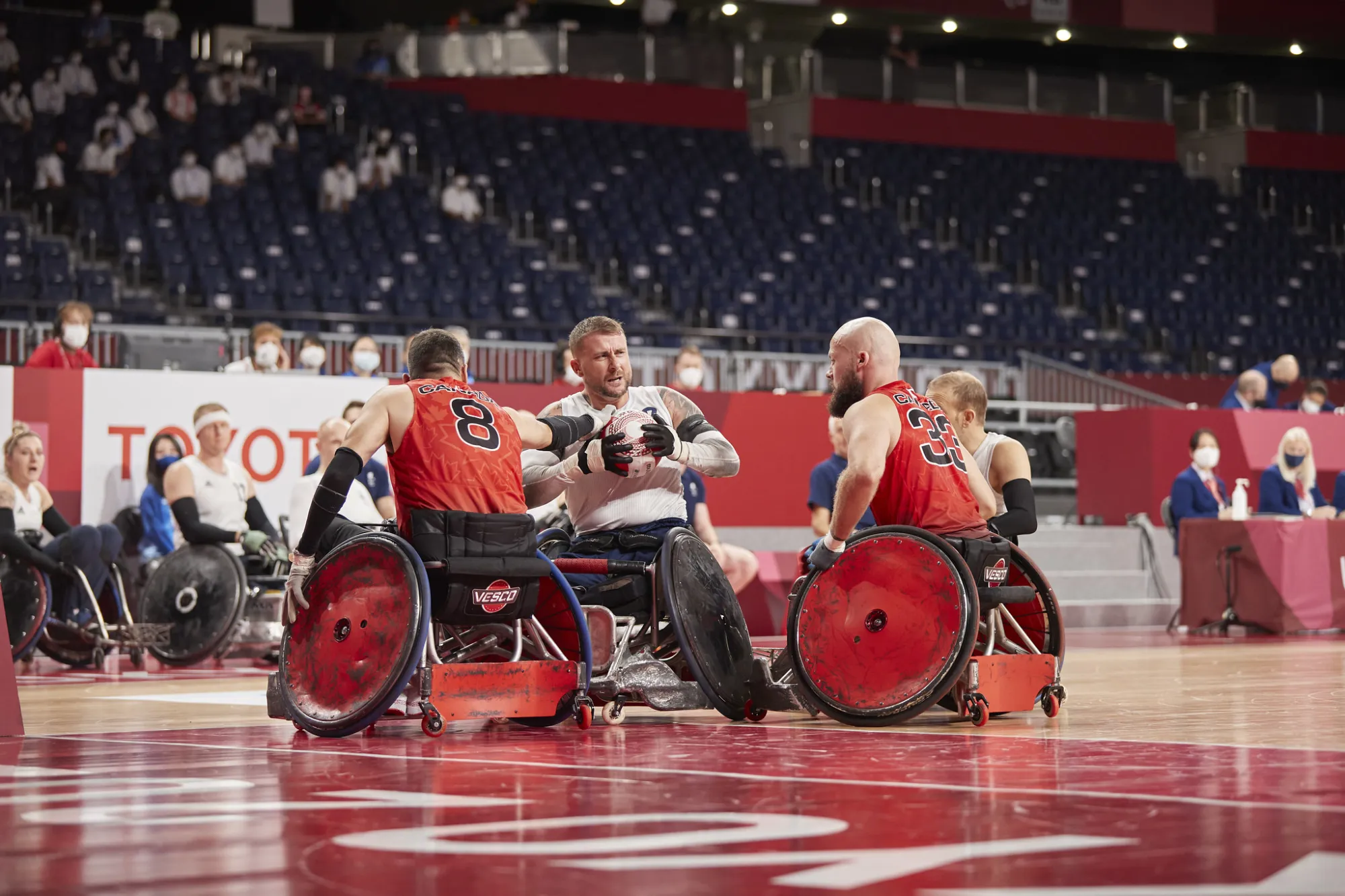
Understanding the heart under normal conditions has filled the careers of generations of researchers, but how much do we know about how the heart performs after spinal cord injury?
Associate Professor Chris West says it’s still an emerging field with many unanswered questions.
“The cardiac consequences of spinal cord injury is an area that no one's really explored,” Chris says, “but it’s becoming more and more prominent as people with spinal cord injury are living longer.”
Spinal cord injury causes more than just a loss of movement below the injury; it affects almost every system in the body. With limited or no feedback to the brain, the areas of the body below the injury cannot perform their functions, and systems above the injury have to try to function with incomplete information. Life-threatening cardiovascular complications are a common side effect.
While his interest in integrative physiology grew out of his sports science background, Chris’s focus on cardiopulmonary health after spinal cord injury started during his Master’s degree. “I was very fortunate to work on my master’s project with the Great Britain Wheelchair Rugby Squad,” Chris says, “they’re paralympic athletes, most of whom have a spinal cord injury. I've always been interested in integrated physiology, and trying to learn integrated physiology through the lens of spinal cord injury was a really good way of learning.”
Chris worked with the Wheelchair Rugby Squad for 5 years during his Master’s and PhD, assessing their autonomic and cardiovascular performance on every scale he could, measuring the impact of partial or complete injuries, and determining whether their performance was related to the integrity of the autonomic nervous system after injury. In his assessment of team members with cervical spinal cord injuries, he found, to his surprise there wasn't any diaphragmatic fatigue or ventilatory constraint during or following exercise. However, their cardiovascular function was significantly impacted by their injuries, resulting in a limited ability to increase heart rate, stroke volume and cardiac output during exercise. This raised serious questions about how the cardiopulmonary system is controlled, and the role that exercise can play in rehabilitation and physiotherapy for those with spinal cord injuries.

Great Britain vs Canada during the Tokyo 2020 Paralympics Wheelchair Rugby Team Mix Pool B game; Stu Robinson holds the ball. Image credits to imagecomms.
“Through understanding what happens in spinal cord injury,” Chris says, “we learned that we still fundamentally don't understand a lot about connectivity and circuit level control of the heart and the interaction with the autonomic nervous system.”
After his PhD, Chris took up a postdoc position in Professor Andrei Krassioukov’s lab, moving toward small animal models of autonomic function and spinal cord injury to try and fill those information gaps. “He’s probably one of the world leaders in autonomic function after spinal cord injury,” Chris says, “I was still doing some clinical stuff, but my main focus was on animal models of spinal cord injury, and that's when I got into the world of small animal cardiovascular assessments.”
The difficulty with examining the impact of spinal cord injuries and other pathologies on the heart is that they directly alter the heart's loading conditions, confounding the core measures of performance. If you want to view how the heart is actually performing, you need to be able to isolate the heart's performance from the load on the heart. This is the reason Chris and his team use PV loops.
Related: Introduction to PV loops: Understanding points on the PV loop and measures of cardiac function
“With typical cardiac measures you have to ask yourself, ‘Is this a true cardiac effect, or is it just because more or less blood is coming back to the heart?’,” Chris says, ” So, with these truly load-independent measures you can get a clearer view of the cardiac function.”
In order to produce a PV loop, a pressure catheter is inserted directly into the left ventricle. When positioned correctly, this allows for very high fidelity, beat-by-beat recordings. Ventricular pressure is plotted in real-time against ventricular volume, producing the typical loop shape. It is a reliable way of producing a quantitative measure of the heart’s contractility independent of preload and afterload.
“Actually producing a PV loop is fairly straightforward,” Chris says, “but to produce good quality data, from a surgical perspective, takes a long time.”
Newer PV Loop technology, such as the active positioning feedback provided by the MPVS Duo, simplifies this initial learning curve, making it easier to get newer researchers up to speed and producing their own PV loops faster and more reliably.
If you’re interested in learning more about the MPVS Duo, you can contact our team here.
MPVS Duo >>
MPVS Duo Foundation System >>
Learn more about our partnership with Millar >>
Related: The Importance of Catheter Positioning in Pressure-Volume Data Collection
“I have a basic physiology arm to my research program now that just explores autonomic control of the heart under different experimental conditions and some of the circuits controlling that,” Chris says, “and have utilized PV loops now for almost 15 years in pretty much every experiment to try and answer some of those questions.”
Chris’s work now is split between approaching the basic physiology of cardiovascular function, and continuing to assess and assist people with spinal cord injuries. Addressing the fundamental questions of why the cardiopulmonary system might perform as it does, while also working to determine what can be done to help people living with spinal cord injury right now.
“I still really enjoy working with people with spinal cord injury,” Chris says, “and now, starting to see some of the technologies that have been developed over the last 15 to 20 years in other people's labs start to take on a role in the clinical management of spinal cord injury, I think is just a really cool visualization of the research process.”
By exploring the impacts of spinal cord injury and exercise on cardiovascular function, Chris is working to create a greater understanding of cardiovascular function as a whole. His approach demonstrates that not only does research into disability, injury, or disease states improve our understanding of those issues, but it also provides much-needed insights into the typical functioning of our bodies and gives us the perspective to understand our bodies and internal systems more completely.

